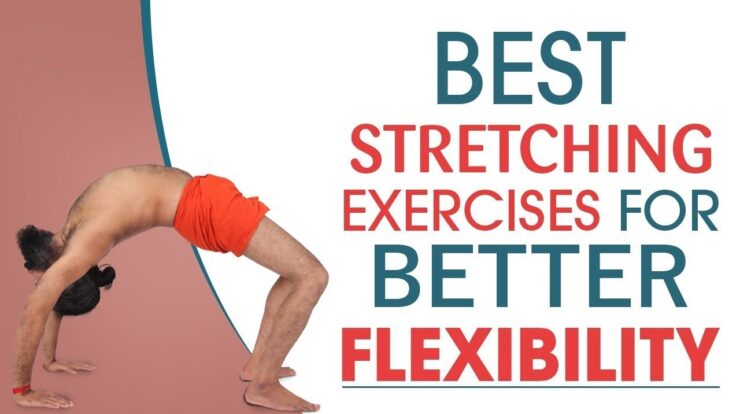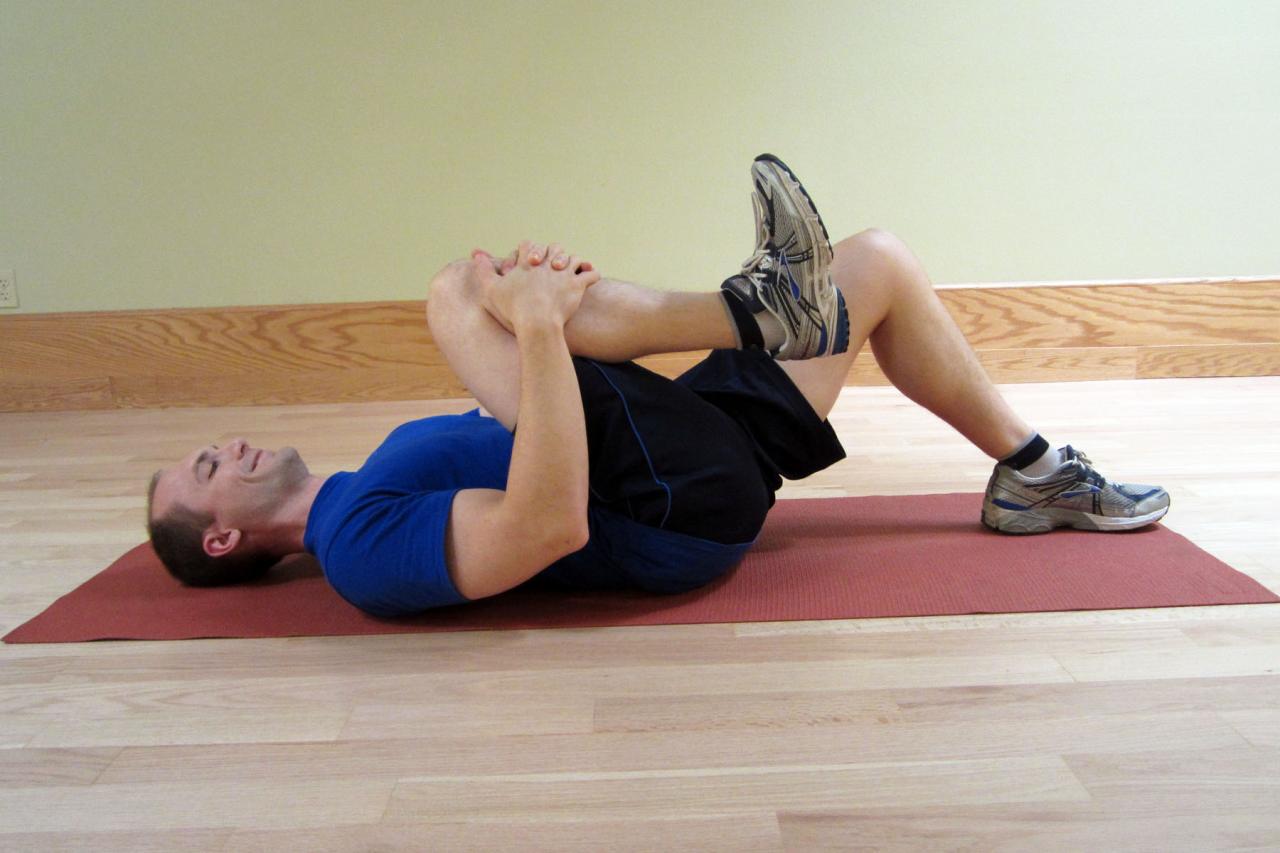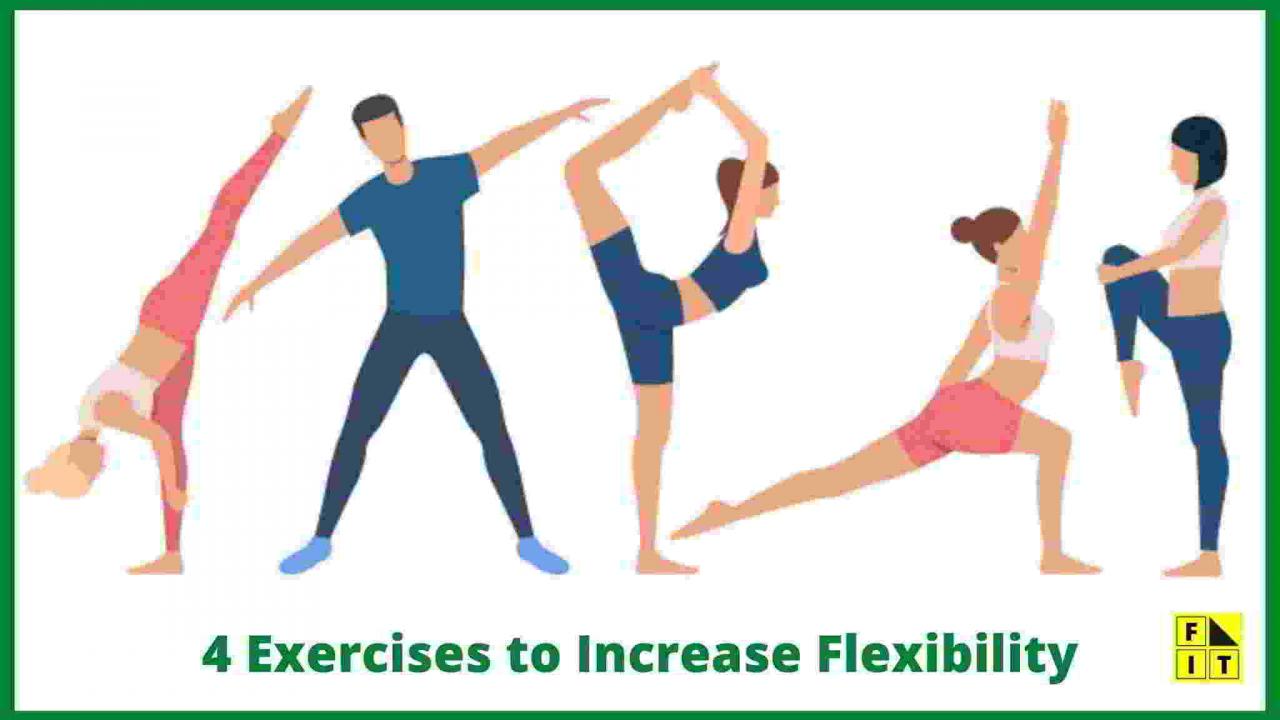
Explain why regular exercise is the best way to prevent flexibility issues. – Regular exercise is the best way to prevent flexibility issues. By engaging in regular physical activity, you can maintain and improve your range of motion, reducing your risk of injuries and improving your overall health.
Flexibility is essential for everyday movement and activities. It allows us to move our bodies through a full range of motion without pain or discomfort. Regular exercise helps to keep our muscles and joints flexible, which can reduce our risk of developing flexibility issues such as muscle tightness, joint stiffness, and pain.
Introduction

Flexibility, the ability to move joints through their full range of motion, is crucial for overall health and well-being. It improves posture, balance, and coordination, reduces the risk of injuries, and enhances performance in daily activities and sports.
However, flexibility can decline with age, inactivity, and certain medical conditions. Common flexibility issues include muscle tightness, joint stiffness, and reduced range of motion, which can lead to pain, discomfort, and decreased functionality.
Benefits of Regular Exercise for Flexibility: Explain Why Regular Exercise Is The Best Way To Prevent Flexibility Issues.

Regular exercise is the most effective way to maintain and improve flexibility. It helps:
- Increase blood flow to muscles and joints, promoting elasticity and reducing stiffness.
- Lubricate joints and increase synovial fluid production, improving joint mobility.
- Stretch and lengthen muscles, increasing their range of motion.
Specific exercises that enhance flexibility include dynamic stretching, static stretching, and resistance training with a focus on flexibility.
Physiological Adaptations to Exercise
Regular exercise triggers physiological adaptations that contribute to improved flexibility:
- Increased collagen synthesis: Exercise stimulates the production of collagen, a protein that gives tissues strength and flexibility.
- Reduced muscle tension: Exercise helps relax muscles, reducing stiffness and improving range of motion.
- Improved joint mobility: Exercise lubricates joints and increases synovial fluid, reducing friction and enhancing movement.
Frequency and Intensity of Exercise for Flexibility
To achieve optimal flexibility, aim for at least 2-3 sessions of flexibility exercises per week.
Intensity should be gradual and individualized, starting with gentle stretches and gradually increasing the range of motion over time.
Consistency is key, as regular exercise helps maintain flexibility and prevent stiffness.
Warm-up and Cool-down Techniques, Explain why regular exercise is the best way to prevent flexibility issues.
Warm-up exercises prepare the body for flexibility training, while cool-down exercises help reduce muscle soreness and prevent injuries.
For those looking to express their love and gratitude to all mothers, a collection of heartwarming images with “Happy Mother’s Day” wishes can be found here ( happy mothers day wishes for all moms images ). These images are perfect for sharing on social media or sending to loved ones to celebrate the special bond between mothers and their children.
Warm-up exercises include light cardio, dynamic stretching, and gentle movements.
Cool-down exercises include static stretching, foam rolling, and deep breathing.
Flexibility Exercises for Different Body Parts
| Body Part | Exercises |
|---|---|
| Neck | Chin tucks, neck rotations |
| Shoulders | Shoulder rolls, arm circles |
| Back | Cat-cow pose, bird dog |
| Hips | Hip flexor stretches, hip circles |
| Legs | Hamstring stretches, quad stretches, calf stretches |
Safety Considerations
Flexibility exercises should be performed with caution to avoid injuries:
- Listen to your body and stop if you experience pain.
- Avoid overstretching or bouncing during stretches.
- Use proper form and techniques.
- Consult a healthcare professional if you have any underlying medical conditions.
Conclusive Thoughts

Incorporating flexibility exercises into your regular fitness routine is essential for maintaining a healthy and active lifestyle. By following the tips and guidelines Artikeld in this article, you can improve your flexibility and reduce your risk of developing flexibility issues.
Commonly Asked Questions
How often should I exercise to improve my flexibility?
As Mother’s Day approaches, the question arises: “Do you say happy Mother’s Day to a pregnant woman?” ( do you say happy mother’s day to a pregnant woman ). While it may seem like a simple gesture, it’s important to consider the individual’s feelings.
In some cultures, like Vietnam, it’s common to say “Happy Mother’s Day” to pregnant women ( happy mother’s day in vietnamese ). However, in other cultures, it may be seen as premature or insensitive. When in doubt, it’s best to err on the side of caution and offer a more general greeting like “Happy Mother’s Day to you too” ( happy mother’s day to you too ).
Aim for at least two to three sessions of flexibility exercises per week.
Recently, a Michigan grocery store sign featuring a woman with the caption “Happy Mother’s Day to all Moms” sparked a debate on Reddit ( michigan grocery store sign woman reddit ). Some users argued that the sign was inclusive, while others criticized it for excluding pregnant women and adoptive mothers.
Regardless of one’s stance, it highlights the ongoing conversation surrounding the definition of motherhood.
What types of exercises are best for improving flexibility?
Dynamic stretches, such as arm circles and leg swings, are a great way to warm up and improve flexibility. Static stretches, such as holding a stretch for 30 seconds or more, are also effective for improving flexibility.
How long should I hold each stretch?
Hold each stretch for at least 30 seconds. You should feel a gentle stretch, but not pain.






